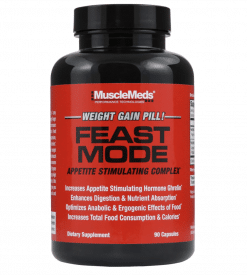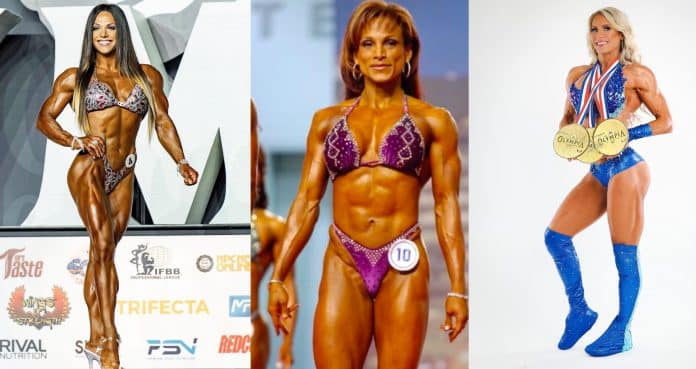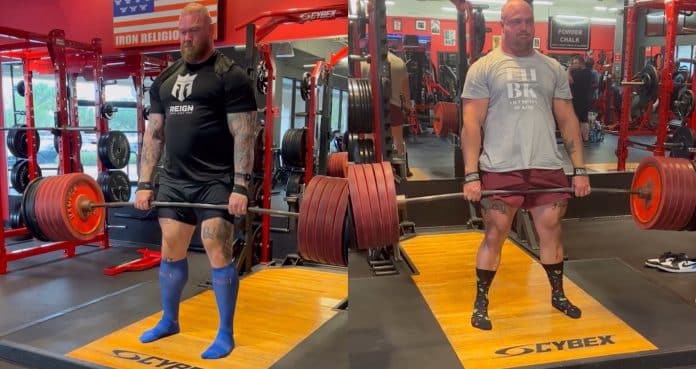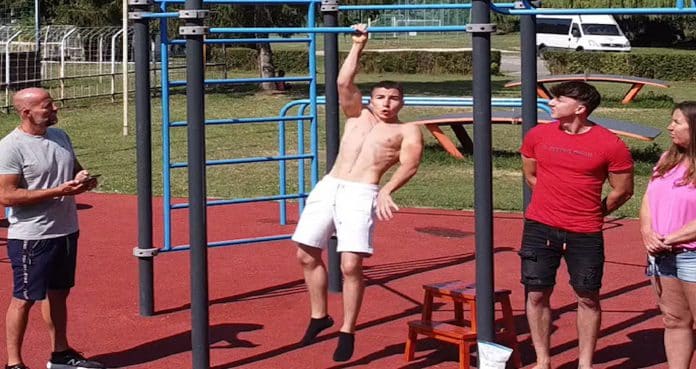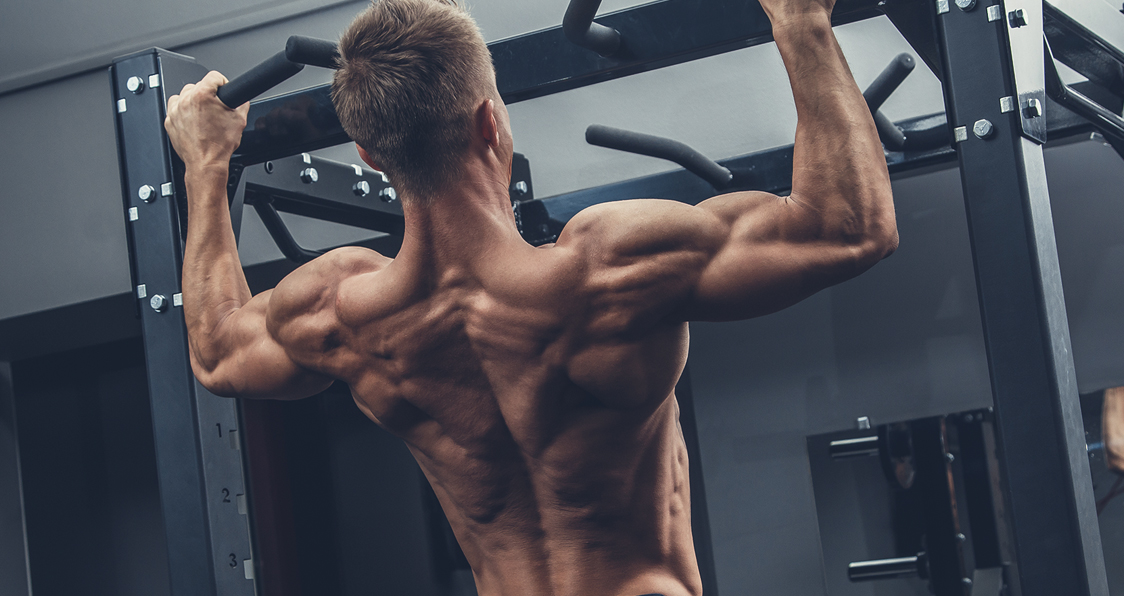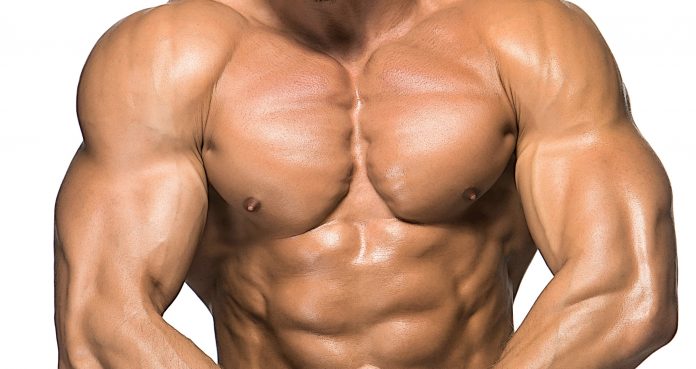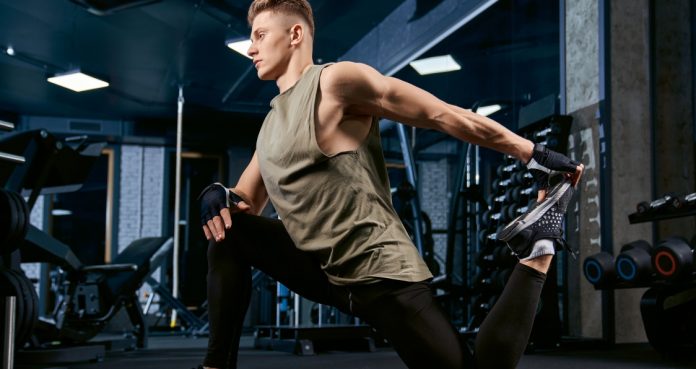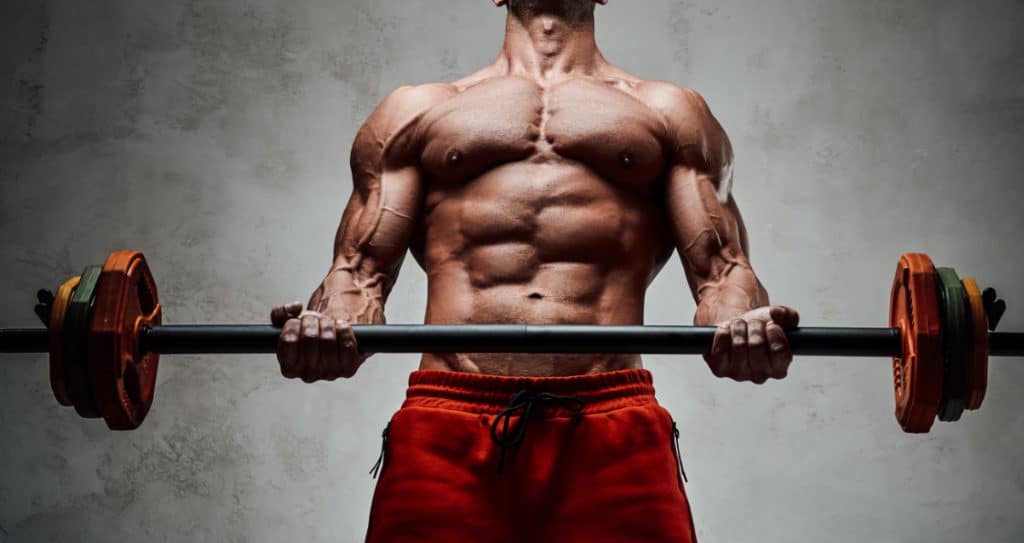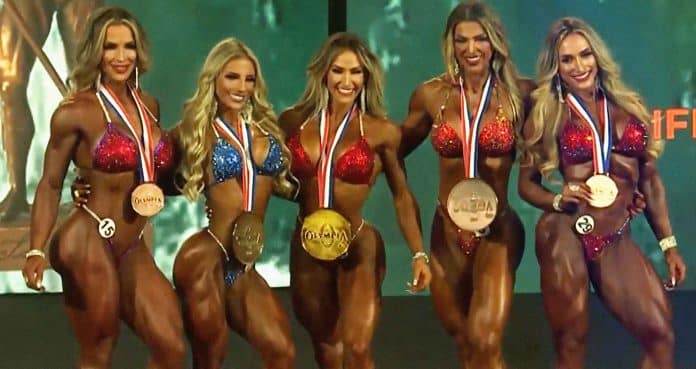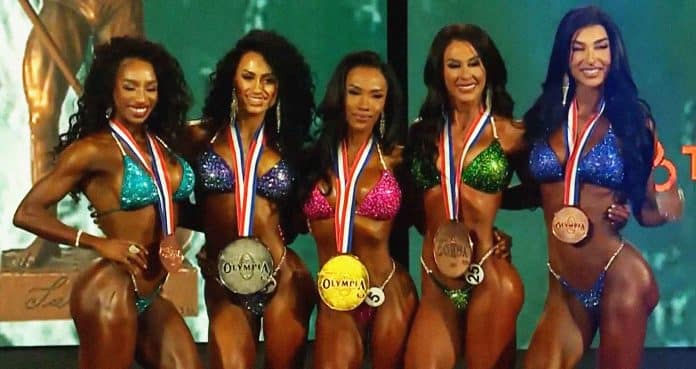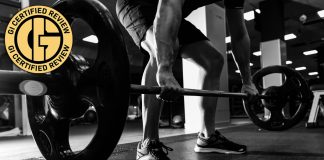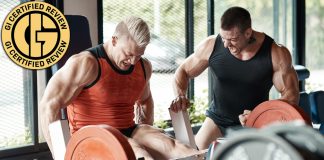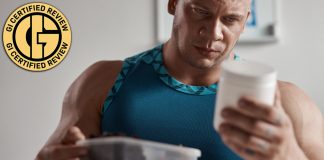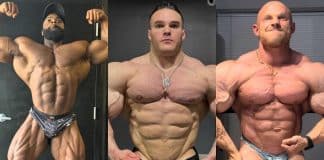These Are The Bulking-Up Rules You Should Know
Winter is approaching which means many people will be planning to bulk up, and the goal is to put on a good amount of muscle mass and strength, without going overboard on the body fat. Since no one can see how you look under the many layers of clothing you wear in the winter, many people use the season as an excuse to gain size by feasting on their favorite food without any regard to their body fat percentage, before it is time to shred down and cut for the summer. However, not many people take bulking season rules into consideration and end up going about it completely wrong.
The problem with the bulking season is that people plan on strictly gaining muscle mass but end up putting on a little bit too much belly fat. If you don’t see much of a difference in your muscle size and strength while bulking-up, you are doing something wrong. There are a lot of things to consider when bulking such as:
- Nutrition
- How long to bulk
- Training
- Cardio
Let’s take a look at the bulking season rules so you can make the most out of this season.
Understand Nutrition During Bulking Season
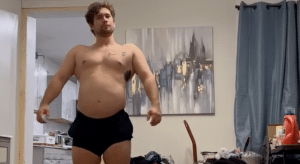
Diet plays a major role in your fitness journey, you are what you eat, so making sure you are getting in quality meals is crucial. If you want to bulk-up or shred, your first goal should be to learn about nutrition and how changing your diet can affect your physique.
You can’t bulk-up if you’re on a calorie deficit diet. Investing time in understanding about macronutrients (protein, fat, and carbs) and tracking your daily calories can pay huge dividends. You should start thinking in terms of macros when you make your food choices.
Bulking Doesn’t Mean Gorging On Junk
For some people, the bulking season translates into junk season. These people misunderstand the concept of bulking and go all-out on junk food. While bumping up your calories is important, you shouldn’t convert your body into a trash can and consume nothing but cheat meals.
The source of your food makes a big difference in the quality of mass you’ll be gaining. On a bulking diet, try to get most of your calories through complex carbohydrates and proteins, as well as healthy fats. This means just because pasta and pizza put weight on you, it is not necessarily healthy weight. Instead, lean meats, rice, and foods like avocados are good examples of quality macros.
Control Your Portion Size
Savoring a full pizza and ice cream every day will add size only to your waistline, and not the areas you want. Contrary to the popular belief, you don’t have to punch down big quantities of food to put on muscle size. A carefully crafted diet with the right portion sizes can ensure quality muscle mass.
Having 100 additional calories in a day can be enough to help you speed up the bulking process. As a rule of thumb, you should be consuming 1 to 1.5 grams of protein per pound of body weight, 2 grams of carbs per pound, and 0.4 grams of fat per pound on a bulking diet.
You Need to Enough During a Bulk
Another problem people may face during a bulk is not eating enough, and that is completely understandable. If you are following a diet and eating clean whole foods in order to gain size and strength, it can get pretty boring, picking up that fork or spoon can become a lot to handle. Not only that, but you may get full easily, which makes it even harder to swallow that extra chicken and rice. So what do you do?
MuscleMeds Feast Mode
The most crucial part of a bulk is getting in enough clean macros, which can become difficult. When it gets hard to continue eating larger amounts of clean foods, MuscleMeds Feast Mode is there to help you continue the bulk. The goal of Feast Mode is to stimulate your appetite, maximize your calorie absorption, and gain faster, making it the ultimate product for a bulk.
Ingredients such as prune fruit, ginger root, fennel seed, and licorice root make up the Ghrelin Activated Stimulating Complex, establishing hunger. The Digestive Enzyme Blend is made up of Amylase, Bromelain, Protease 4.5, Invertase, Protease 3.0, Peptidase, Protease 6.0, Glucoamylase, Cellulase, Lactase, and Lipase. Overall, the Force Feed Technology within Feast Mode helps to activate key regulators of hunger, gastric expansion, and digestion to allow you to consume more food and calories.
The serving size of Feast Mode is just 3 capsules and within each bottle you get 30 servings all for the price $34.99.
You can truly enhance your bulk with this, as Feast Mode really makes room for you to get in some more calories without any difficulty.
Don’t Be On The Bulking Diet For Too Long

Some people don’t know when to hit the brakes and end up with the extra kilos when the sun is out. One bulking season rule to remember is that the longer you bulk, the fatter you’re going to get. So, try putting on size in as little time as possible.
Your body’s insulin sensitivity starts eroding when you’re around 15% body fat. If you continue to bulk beyond this point, you’ll gain fat rapidly. You can consider stopping your bulk when you’re around 10% body fat and your abs start disappearing entirely.
That being said, you do not need to enter a cutting phase right off the bat, as that can just take away from the gains that you made during your bulk. The best thing you can do is bulk to your target weight, then train for a period of time at that new bodyweight, and really focus on body recomposition before entering a cutting phase.
Make Adjustments To Your Training
One of the most overlooked aspects of the bulking season is the training. Many people focus solely on their diets when they’re trying to put on size and completely neglect their workouts. You must constantly shock your muscles with every workout for them to grow bigger, and as you are gaining weight you will get stronger, so incorporating progressive overload and tossing up some heavier weights can help build more muscle mass.
Incorporating heavy compounds, especially some barbell movements like the squat, bench, and deadlift help to build that foundation of muscle mass. Then fine tuning the muscles with isolation movements tops it all off. A bulking training program should almost look like a powerbuilding program, take a look at the training regimens of someone like Mike O’Hearn.
Cutting out the cardio is the other mistake people make while bulking. Keeping cardio in your training program will ensure that you put on quality muscle mass as you increase your calorie intake. Don’t be afraid to hop on a treadmill or the stairclimber for a few minutes during your bulk.
Wrap Up
Overall, a bulk does not just involve eating anything and everything in sight. There is a lot that needs to be taken into consideration, such as training, diet, cardio, and so on. Take a look at these bulking season rules and see how it works for you!
Are you getting ready for the bulking season? Let us know in the comments below. Also, be sure to follow Generation Iron on Facebook, Twitter, and Instagram.
Header image courtesy of Envato Elements



